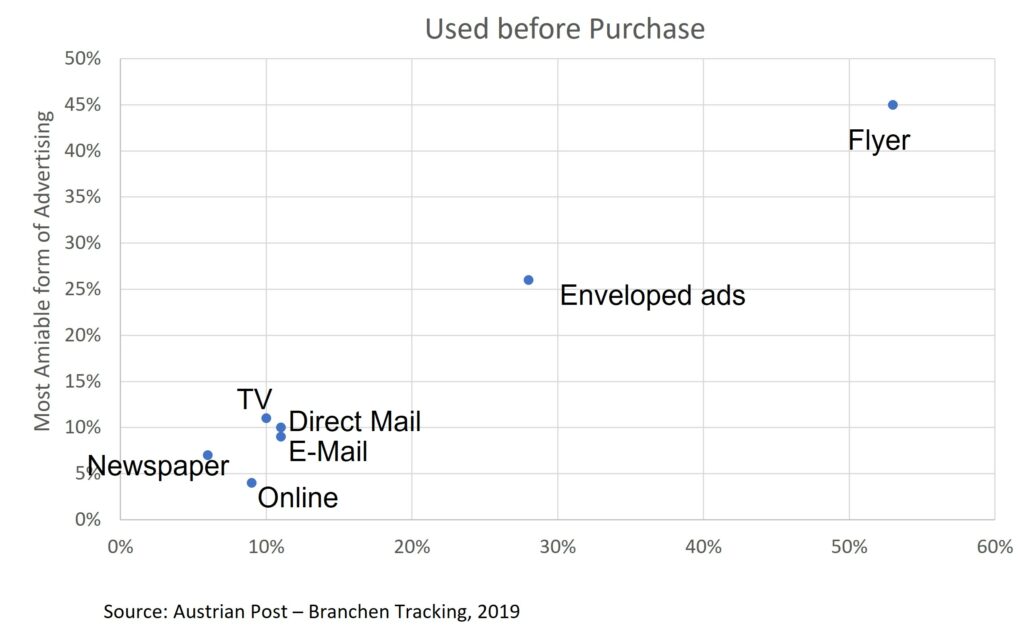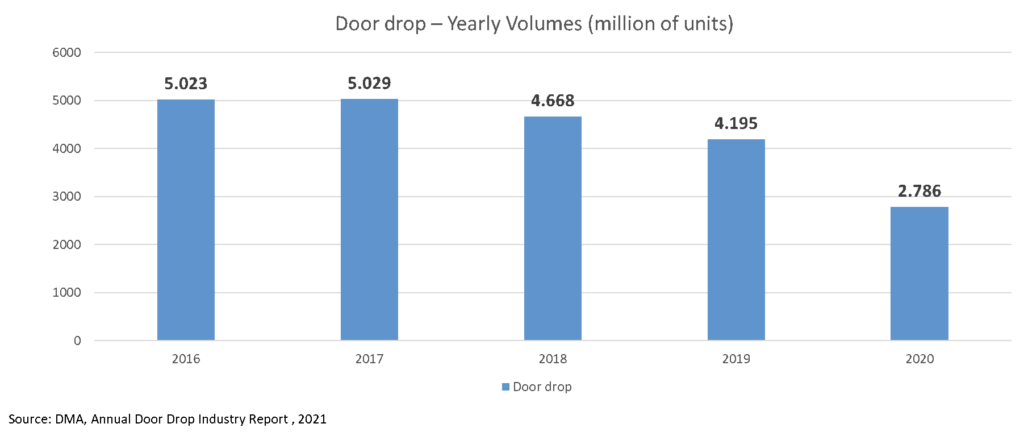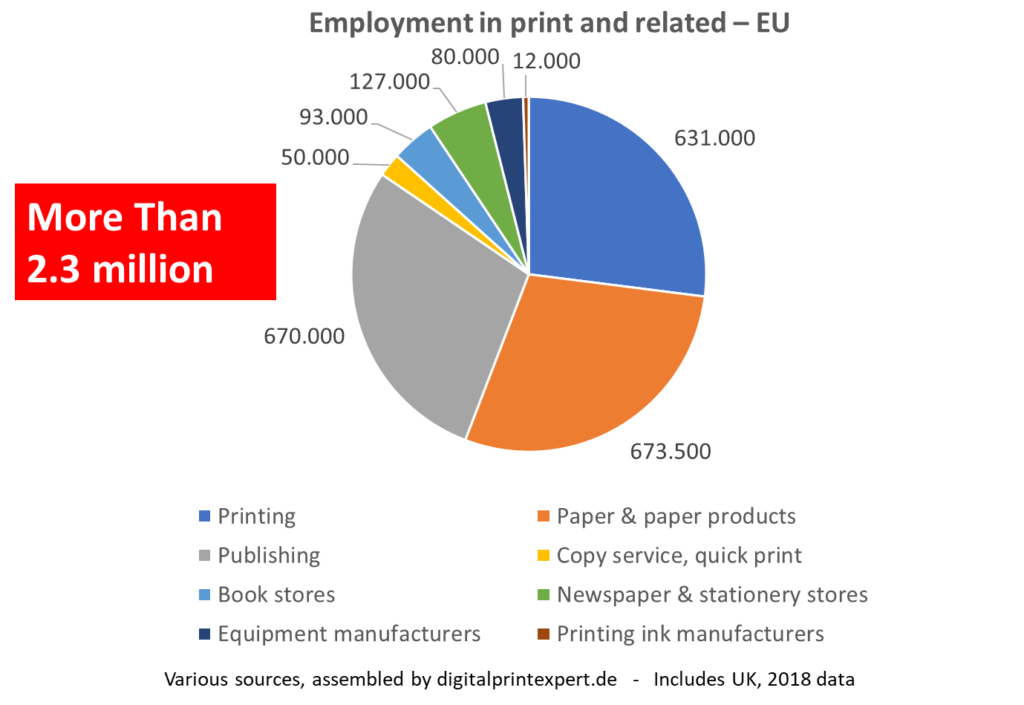Time to ditch flyers?
In the media and advertising world in Germany the decisions of major supermarket chain Rewe and home improvement store chain Obi that it is time to ditch their flyers made headlines recently. Both are a staple in the post boxes or are distributed as inserts in newspapers or free magazines. Instead, both companies announced that they will be focussing on digital channels in the future.
Both companies cited as main arguments for ditching the flyer environmental concerns. This might be true, although none cared to make a calculation of the environmental impact of replacing print with digital media – nor mentioning that they considered making their print products more environmentally friendly.
The true reasons are likely cutting costs (possibly tied in with the high paper prices) and the belief that customers are better served by digital. It might as well be the perennial urge in retail/marketing to jump on the latest bandwagon.
The catch might be whether customers will follow. The Austrian Post made an interesting end user survey in 2019 on, among other factors, which advertising channels are consulted before making a purchase and which advertising channels are the most amiable (in lack of a better translation of the German word “sympatisch”). Displayed are selected results for the category of groceries.

Flyers, or small catalogues, tick both boxes in being consulted most often and being the most amiable/likable/pleasant – by a wide margin. Digital channels rank much lower, especially on the likeability scale. This is certainly down to the more mundane nature of groceries as most people do not consult the web before buying a pack a bottle of milk. Both companies are not selling high-tech products, rather products of daily living. Flyers are still the easiest and best inspiration in this category, even for younger buyers. It might be a premature time to ditch flyers.



